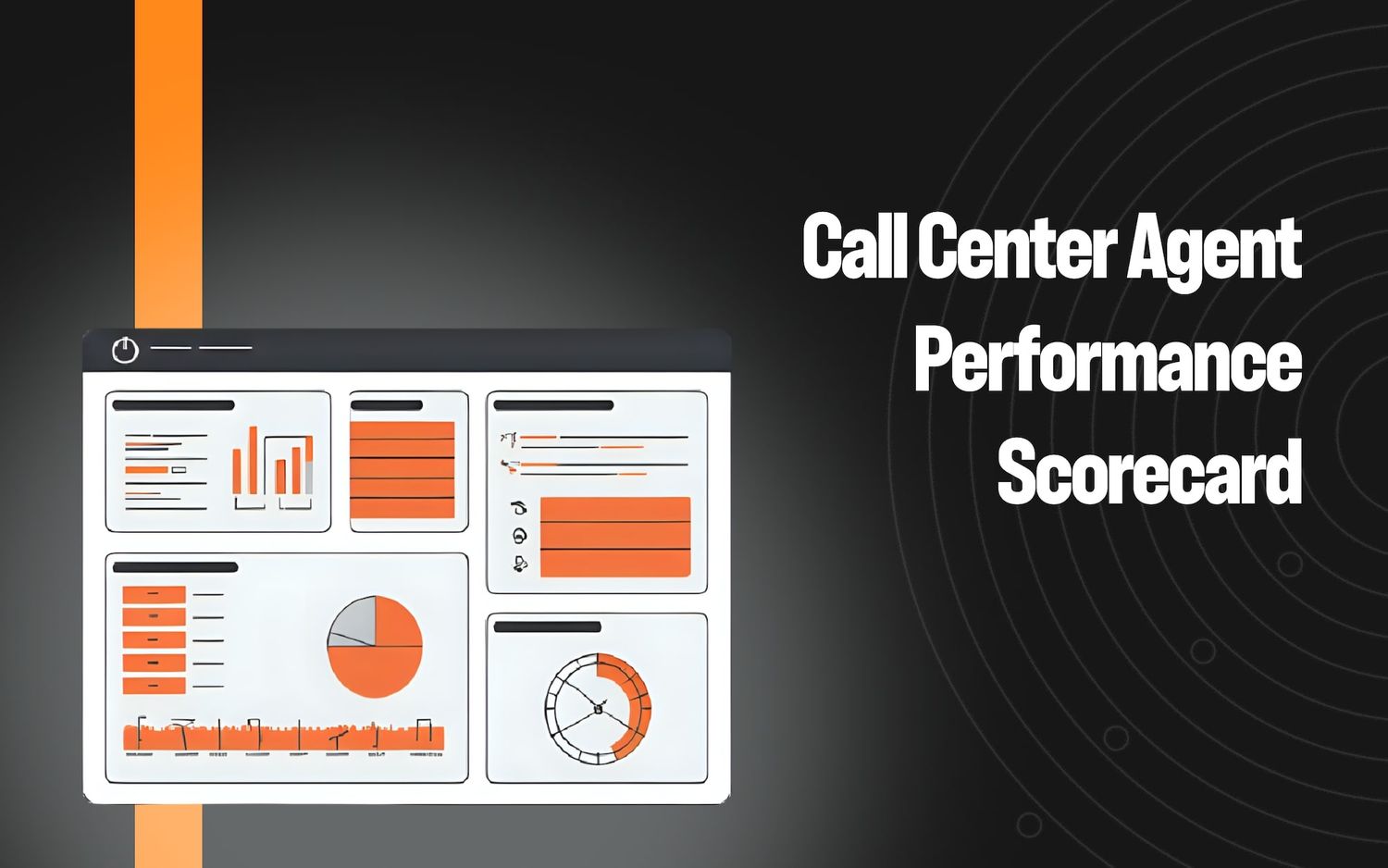How Knowledge of Customer Intent Can Serve as an Early Warning System for Businesses


When customers call in to your company’s contact center, there is already something on their mind they wish to accomplish– a reason for their outreach. They may express that using a variety of words, but with natural language understanding (NLU), it is now possible to recognize and classify each utterance according to its intent, and to do it quickly at scale.
Why is this important for businesses, and which areas of the company stand to benefit from knowing intent? At the contact center level, there are many benefits. For example, knowing customer intent allows call center agents to respond with answers that are the most relevant to client concerns, allowing them to provide better customer experiences (CX) and with a shorter average handle time (AHT).
But can knowing NLU intent at the contact center offer other types of business benefits that serve the larger organization? According to one of our Level AI senior machine learning (ML) engineers interviewed for this blog, the answer is a clear yes– because knowing customer intent enables business stakeholders to get a holistic view, and then make rapid business or technical decisions based on the information.
Here is one such example that illustrates a business benefit made possible by learning customer intent from contact center interactions– an early warning system:
Let’s say a company is rolling out a new product or service, or for this example, adding a new capability or feature to an already existing product. The business has likely invested a lot of time and money in creating the new capability, and is eager to see if it will succeed. One way to very quickly assess if the new feature is being well-received by customers is to analyze if there are calls coming into the contact center about it, and what those conversations are illustrating.
Once we know the launch date of the company’s new product feature, we could set up NLU intent inputs that then enable– without any burden of expending hundreds of manual hours– a speedy and efficient search through large amounts of contact center conversations. This is in order to note any contact center calls reporting problems related to that specific new feature from that date and onward. In addition, we could also do a historical look and compare the contact center conversations pre-launch vs. post-launch.
This allows a business a smart view into any customer problems that are arising from the new feature by analyzing all the contact center calls coming in that are related to it, and with great speed, efficiency, and scale. Aside from that new product feature rollout, we could also look to NLU to analyze customer conversations to see in general if those customers are expressing dissatisfaction or frustration that could suggest a churn risk.
By knowing as soon as possible if there are complaints about the new product feature coming into the call center, this serves as an “early warning system” to help the business avoid a disastrous rollout. With this information, the company is empowered to make quick decisions and correct course before they are inundated with customer complaints leading to time-consuming escalations and also to avoid customer churn. With this powerful insight, the company can take steps to improve any unearthed issues with the new product feature, and update or change it in such a way that customers will be happier.
The takeaway here is that with NLU intent and its related analysis at the call center, businesses can enjoy benefits that are not limited to the contact center or CX, but also have an impact on the larger business overall.
Level AI offers solutions for the contact center, utilizing NLU and other modern technologies. To learn more, visit http://thelevel.ai and schedule a demo today.
Keep reading
View all





